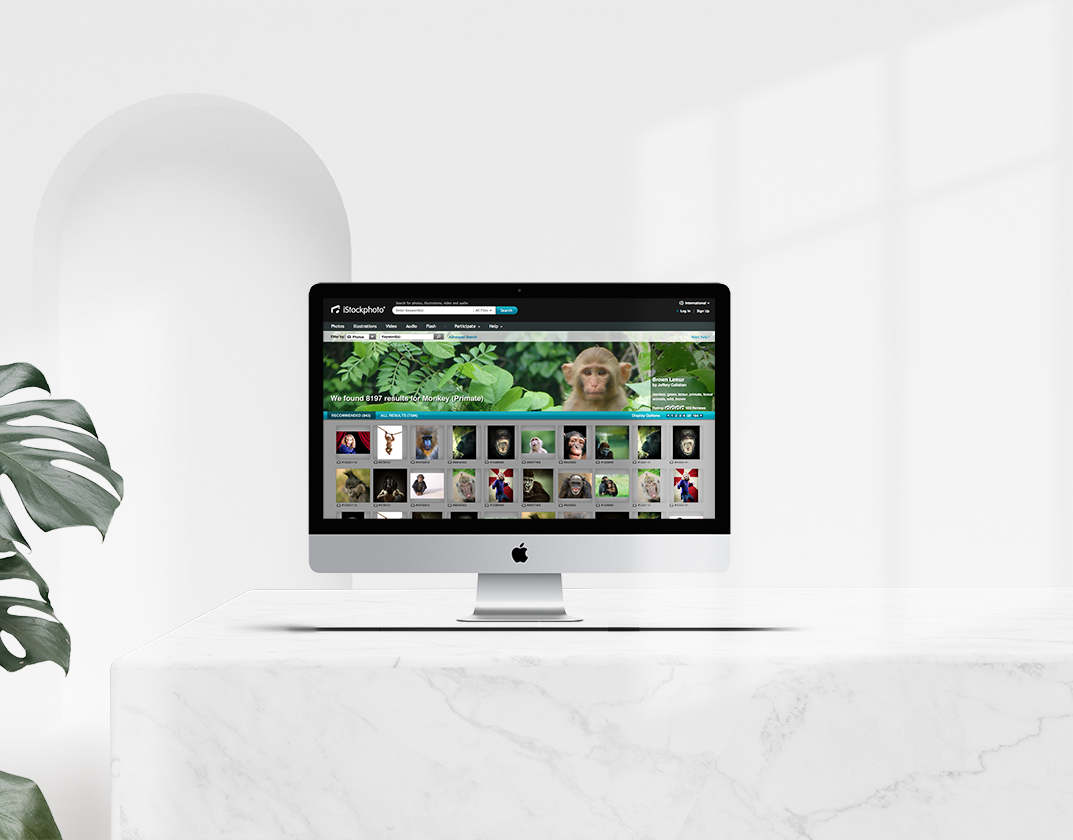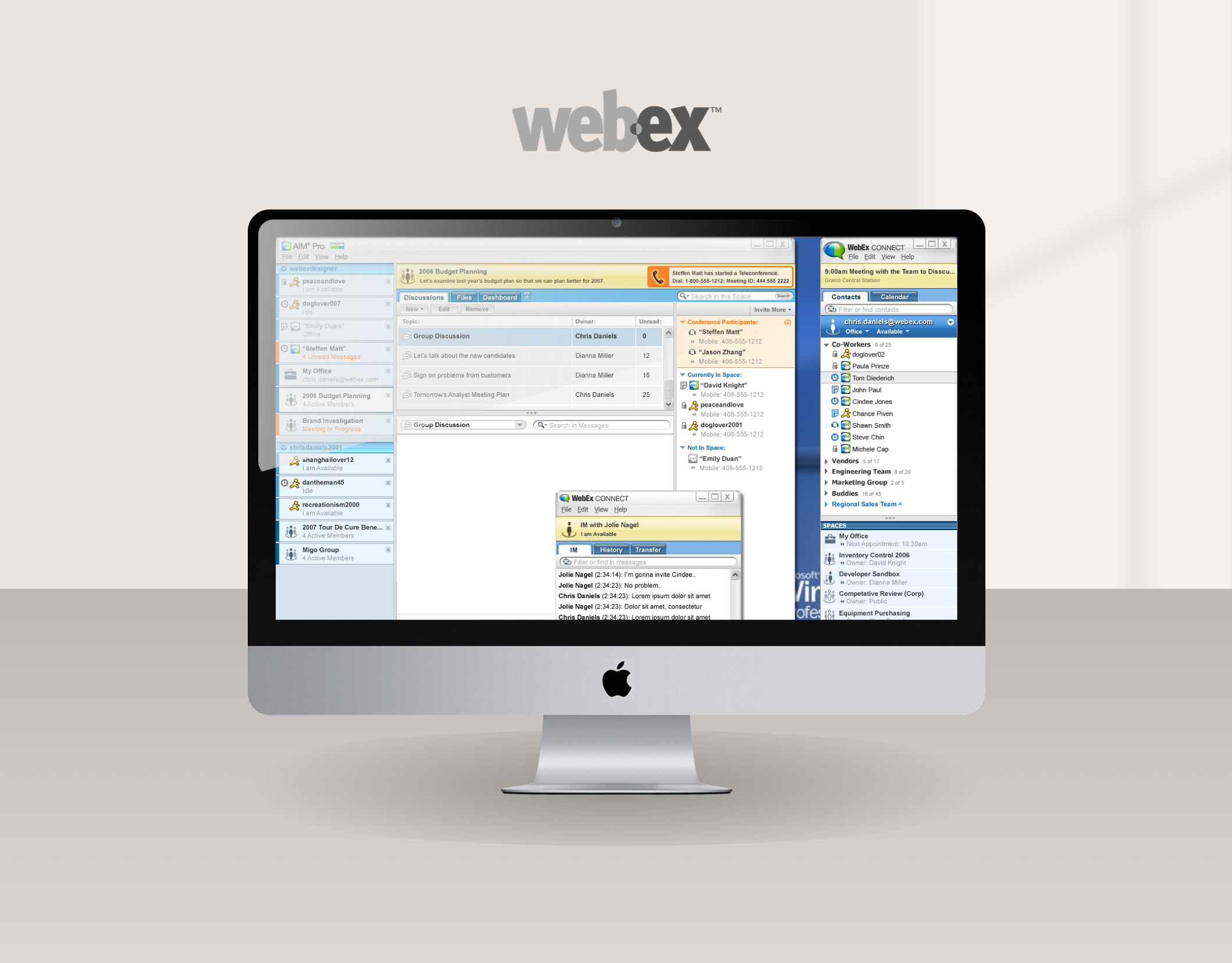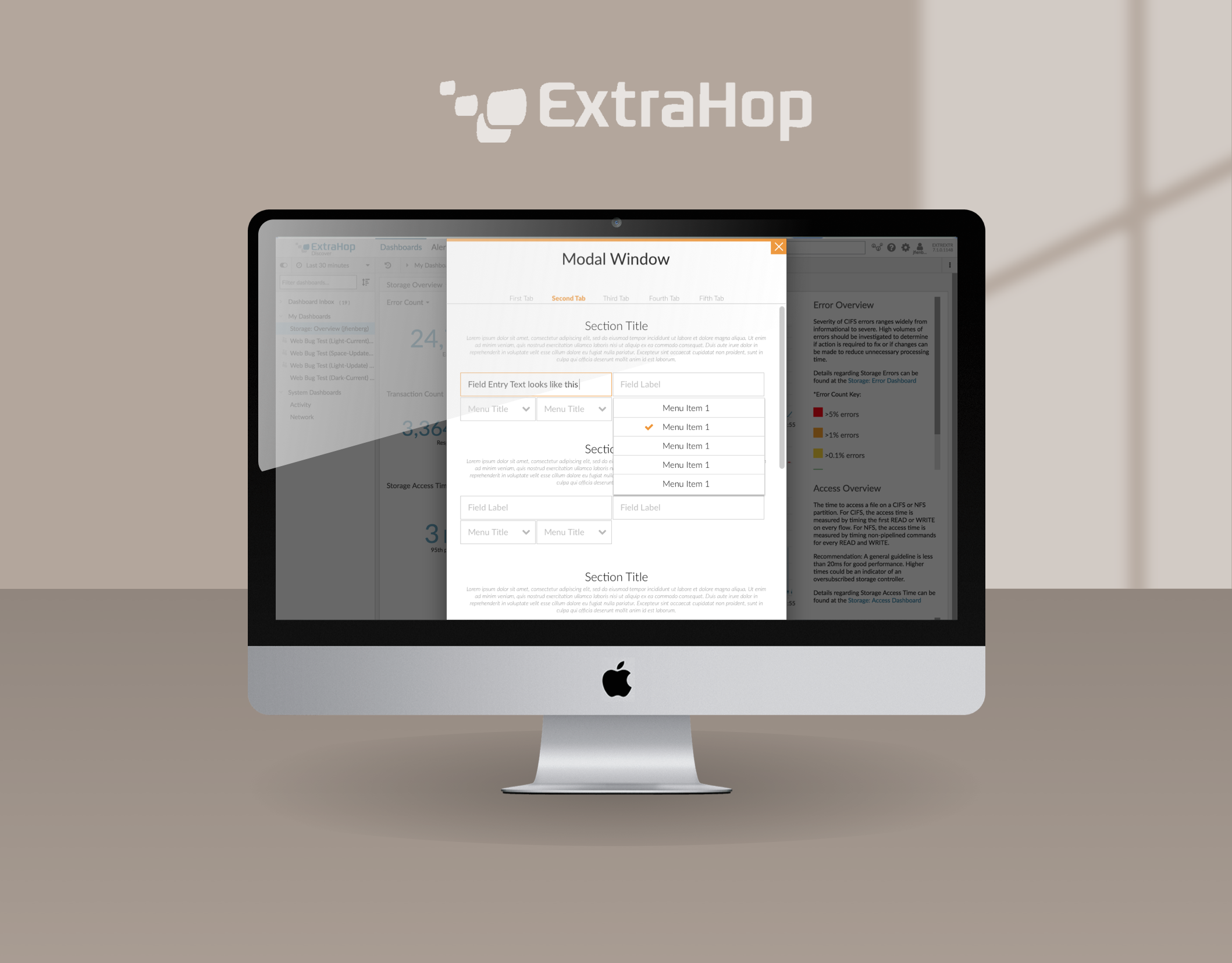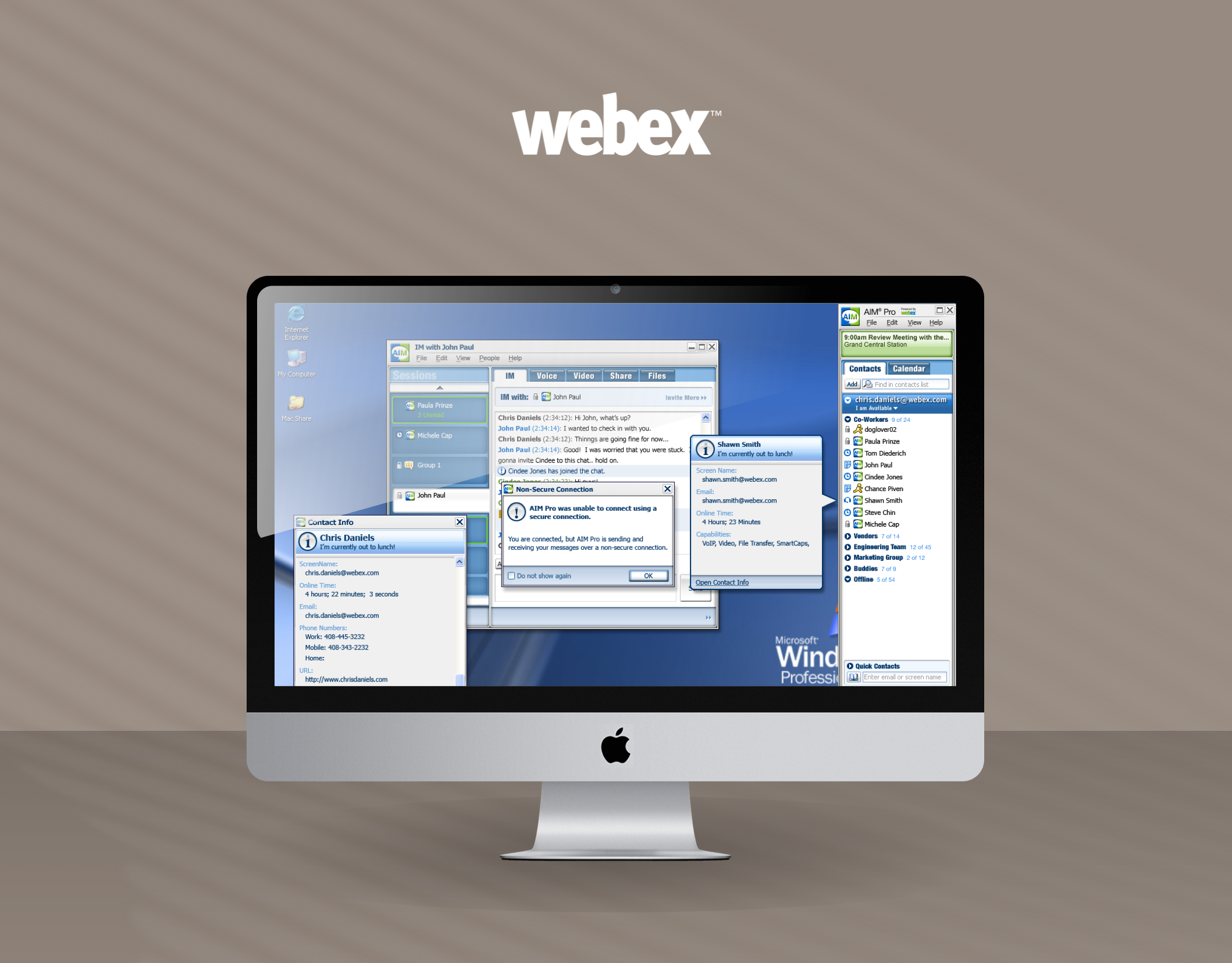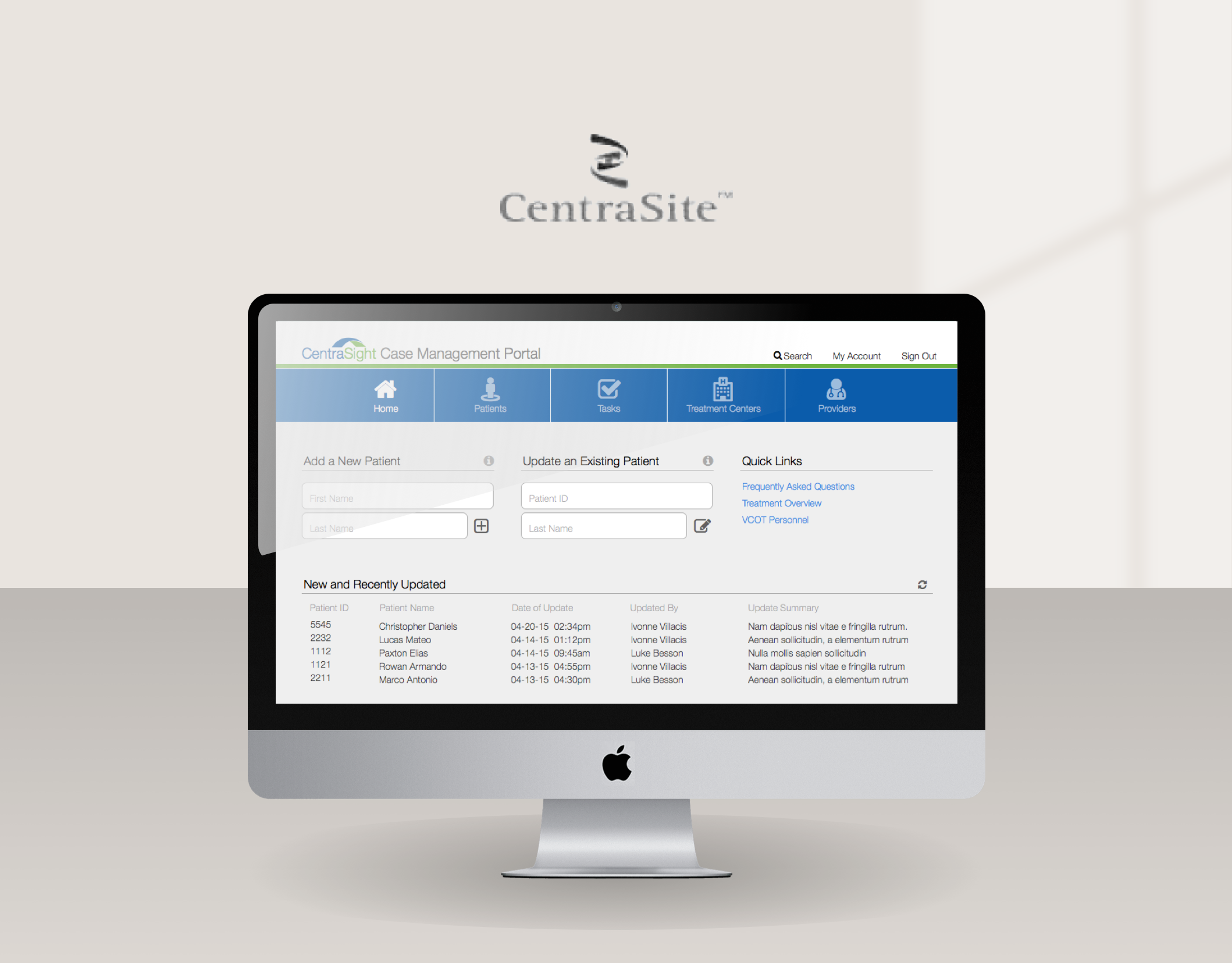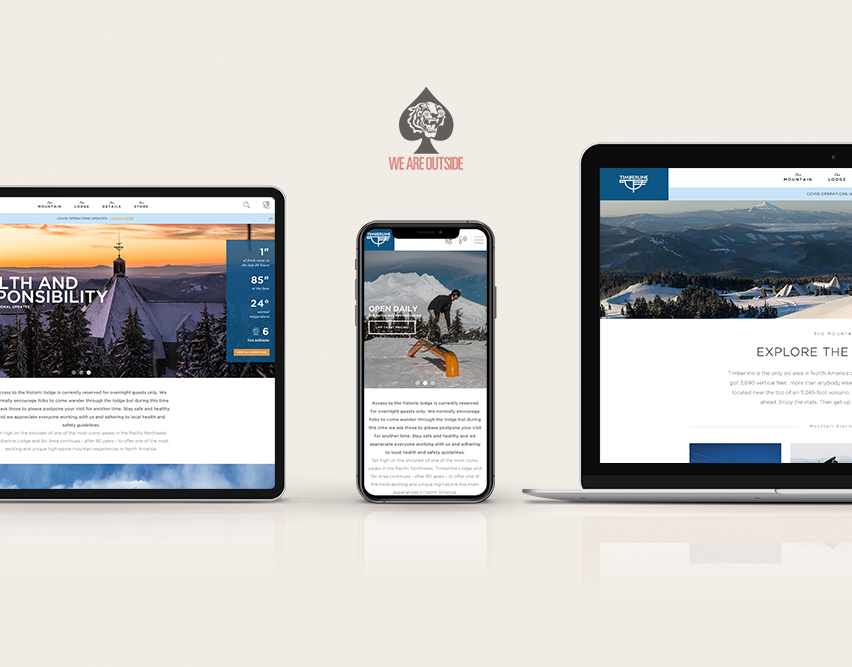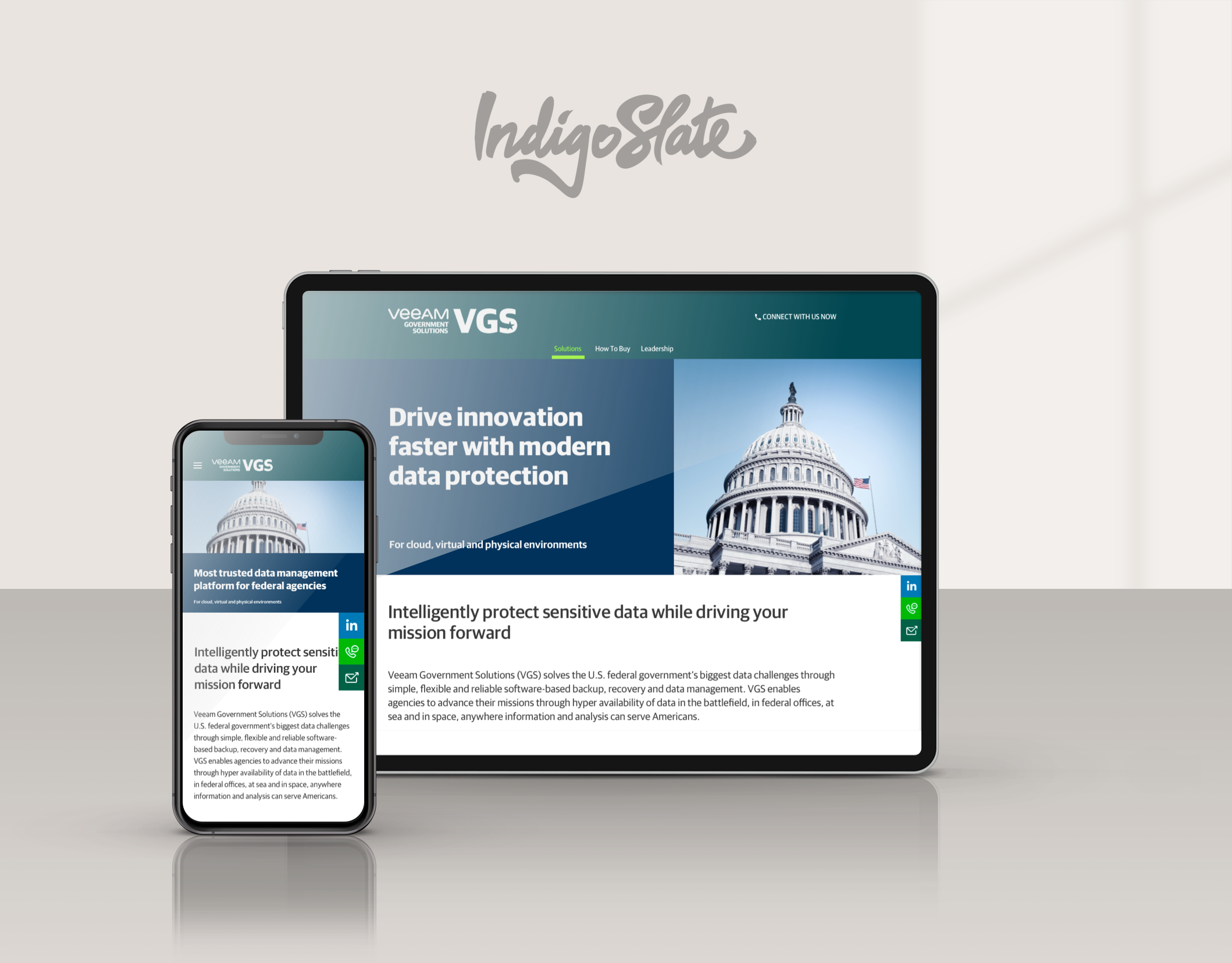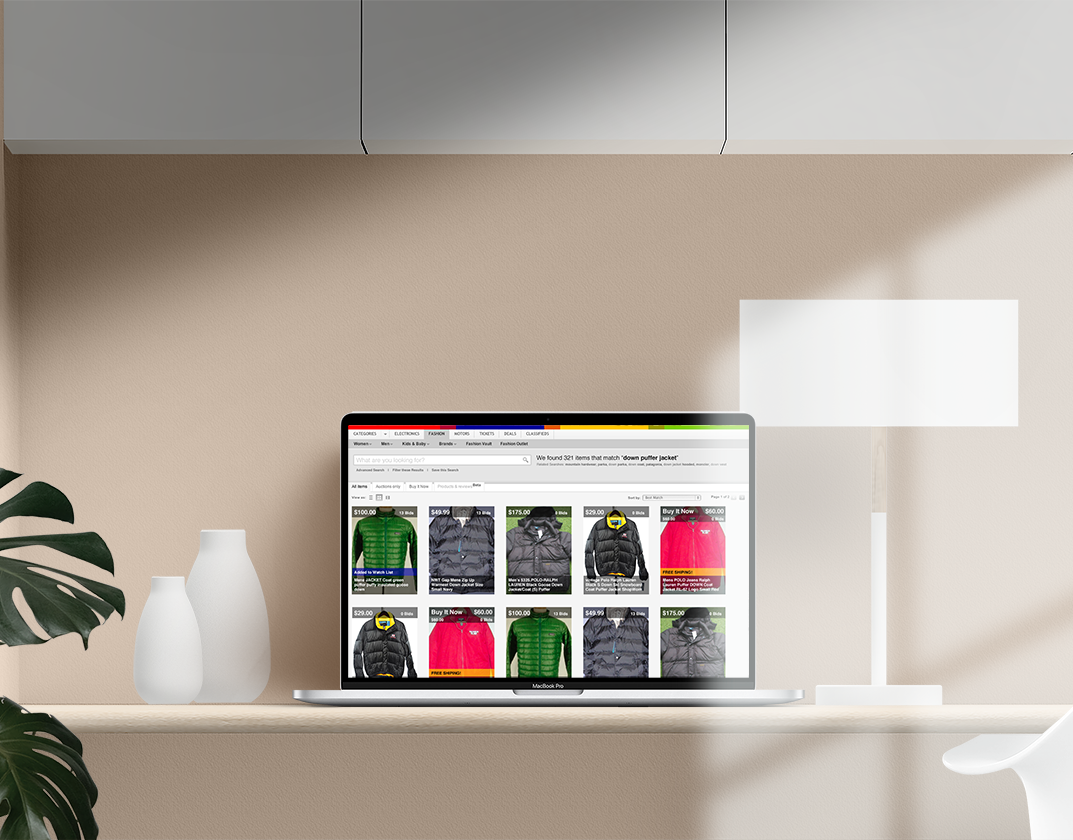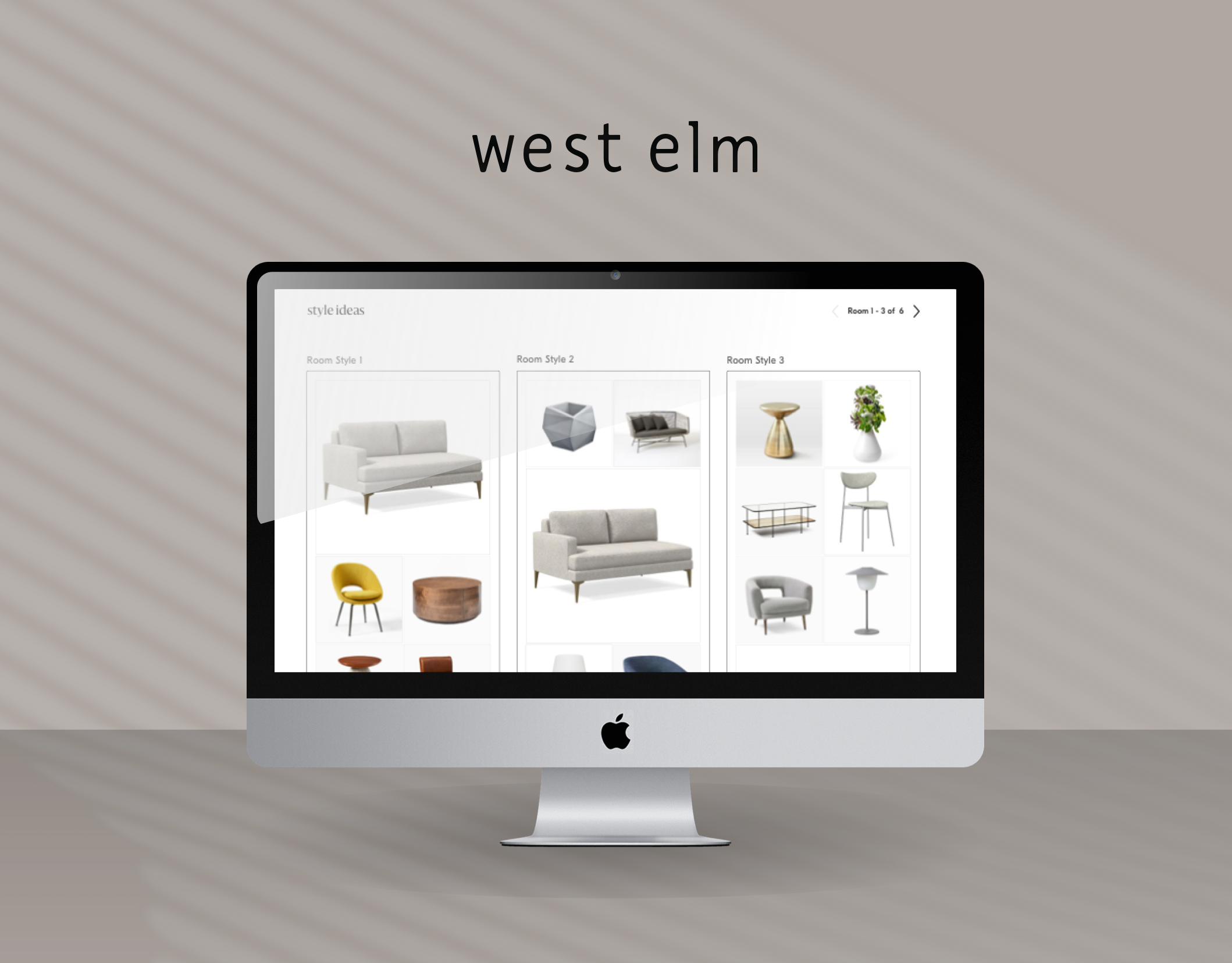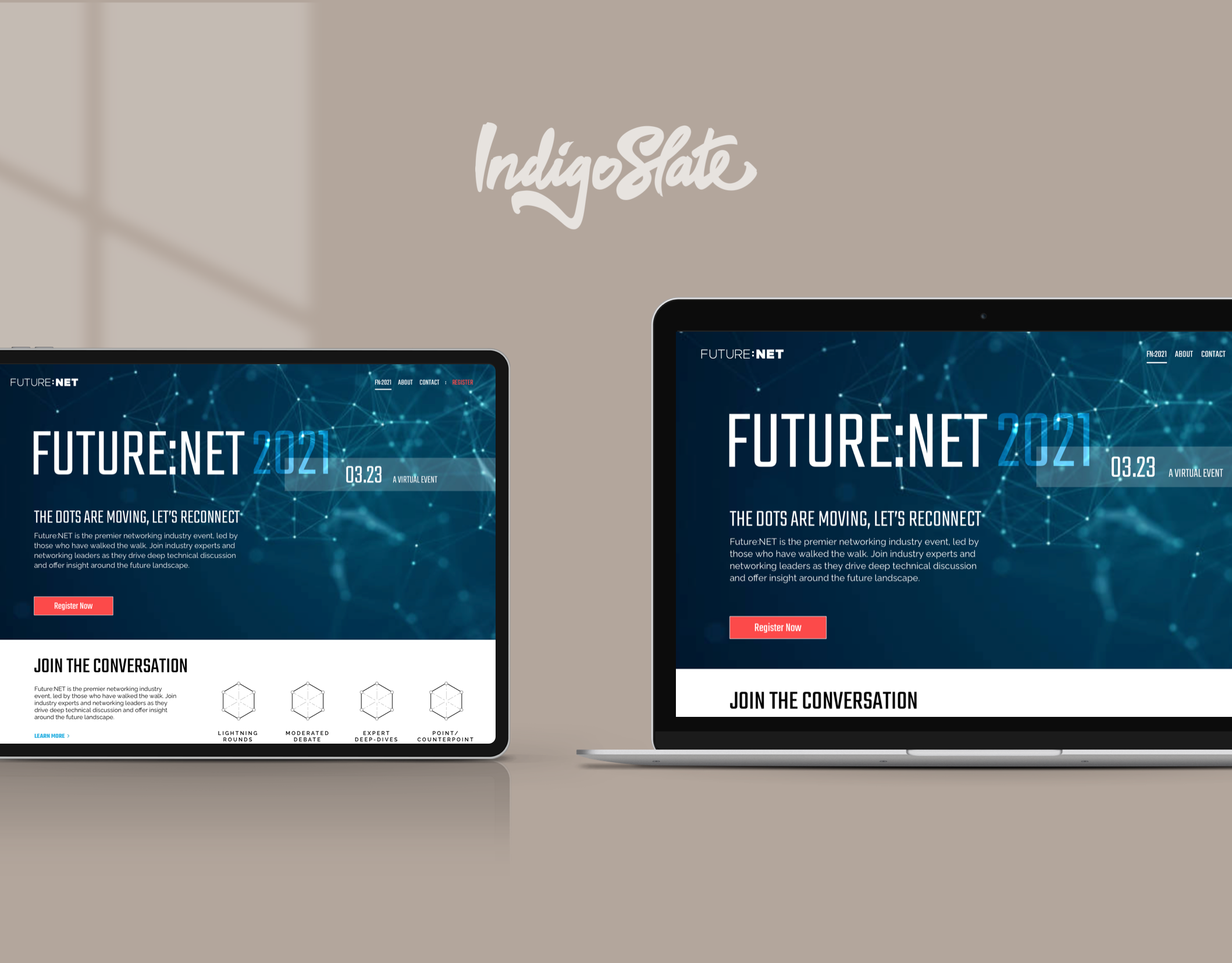What is SAMx?
In today's fast-paced digital world, insurance brokers face the constant challenge of efficiently navigating the complex landscape of healthcare insurance while meeting the evolving needs of their clients. However, with the advent of cutting-edge technology, a game-changing online tool was created to empower insurance brokers with streamlined processes and enhanced customer service. Enter a revolutionary platform designed specifically for insurance brokers: an all-in-one solution that enables them to effortlessly quote, shop, and assign insurance policies to United Healthcare customers. This online tool harnesses the power of automation, data integration, and user-friendly interfaces, revolutionizing the way brokers interact with insurance providers and ultimately reshaping the insurance industry as a whole. Join us as we delve into the transformative capabilities of this indispensable resource, empowering insurance brokers to navigate the intricacies of the market with ease and deliver unparalleled value to their United Healthcare clientele.
What was the design strategy?
In the realm of design, where user experience is paramount, a successful strategy often begins with a deep understanding of the target audience. When tasked with creating a more modern and simplified approach to selling insurance policies, as the sole designer on this project, I employed a comprehensive user research methodology, including one-on-one interviews, to unravel the intricate needs, preferences, and pain points of potential customers. These intimate conversations allowed the team to gain invaluable insights into the mindset and expectations of users, paving the way for a transformative design process.
Armed with a wealth of user research data, I leveraged an innovative design system known internally as Abyss. This comprehensive framework not only offered a unified visual language but also provided a set of clearly defined design principles and guidelines. With Abyss, I was able to seamlessly incorporate user-centric insights into the very DNA of the product, ensuring a consistent and delightful user experience across all touchpoints.
The synergy between user research and Abyss empowered me to reimagine the traditional insurance selling process. By distilling complex information and eliminating unnecessary clutter, I created a streamlined and intuitive interface that effortlessly guided users through the policy selection and purchasing journey. The design system served as a compass, ensuring that every visual element, interaction, and microcopy choice aligned with the overarching goal of simplicity and accessibility.
The result? A more modern and simplified approach to selling insurance policies that resonated with users on a profound level. The thoughtful integration of user research findings and the application of Abyss allowed for a harmonious balance between functionality and aesthetics. This design strategy not only optimized the user experience but also drove business growth, as customers found themselves captivated by the intuitive nature of the interface, ultimately leading to increased engagement, conversions, and customer satisfaction.
How did I execute on the goals?
Guided by a deep understanding of user needs and empowered by a robust design system, I navigated the complex terrain of design, transforming it into an artful blend of simplicity, modernity, and enhanced user experience. The execution of this design strategy serves as a testament to the power of thoughtful research, meticulous planning, and the expertise of a skilled designer committed to driving innovation and delighting users at every step of the journey.
Design goals and schedule
Collaborating closely with product leadership, I embarked on a dynamic partnership aimed at defining the product use cases, business goals, and design goals. Through insightful discussions and a deep understanding of the market landscape, we meticulously crafted a comprehensive roadmap that aligned with the needs and aspirations of both the users and the organization. By leveraging my expertise in user research and design thinking, I facilitated in-depth conversations to uncover valuable insights. Together, we delineated the product use cases, ensuring they met the evolving demands of the target audience while addressing critical pain points. Simultaneously, we meticulously defined the business goals, aligning them with the overarching vision of the company. With a user-centric approach, we collaboratively established design goals that sought to enhance usability, foster engagement, and evoke delight. This close collaboration between product leadership and myself resulted in a shared vision, enabling us to lay the foundation for a product that not only met business objectives but also exceeded user expectations, ultimately setting the stage for success.
An experience audit of the current CX
Embarking on the journey to revamp the SAMx tool, my first design step was to conduct a comprehensive experience audit of the existing tool. Through meticulous examination and evaluation, I sought to understand the strengths, weaknesses, and opportunities for improvement within the current user experience. With a critical eye, I assessed the tool's navigation, layout, visual design, and overall usability. This audit provided valuable insights into pain points, user frustrations, and areas where the tool fell short in meeting user needs. Armed with this holistic understanding, I was able to identify key areas for enhancement and prioritize design decisions that would have the most significant impact on improving the overall user experience. The experience audit served as a solid foundation upon which I built the subsequent design iterations, ensuring a user-centric approach and a seamless transition to a more refined and intuitive SAMx tool.
1 on 1 Research Interviews
In the pursuit of creating a user-centric design solution, my first step was to initiate a comprehensive user research study that involved conducting one-on-one interviews with our target users. Leveraging online tools such as Zoom and Dovetail, I seamlessly connected with participants, enabling in-depth conversations to uncover invaluable insights. These interviews served as a window into the users' perspectives, needs, and pain points, allowing me to gain a deep understanding of their motivations and behaviors. By employing a mix of qualitative and quantitative data analysis techniques, I synthesized the research findings into actionable insights that informed the entire design team. This user research study served as the bedrock for making informed design decisions, ensuring that our solutions would be aligned with the real needs and preferences of our target audience.
Flexible App Structure
My next step entailed exploring a flexible and modular approach to the structure of the app. Recognizing the need for adaptability and scalability, I delved into designing a system that allowed for seamless integration of new features and functionalities while maintaining a cohesive user experience. By leveraging a modular architecture, I aimed to create reusable components and design patterns that could be easily rearranged and customized based on user preferences and evolving business requirements. This approach not only enhanced the app's flexibility but also facilitated efficient development and future updates. Through thoughtful consideration of information hierarchy, content organization, and navigation flows, I sought to create an app structure that provided users with a sense of familiarity and ease of use while accommodating their individual needs. By embracing a flexible, modular approach, I laid the foundation for an app that could effortlessly adapt to the ever-changing landscape of user demands and technological advancements.
Wireframe solutions for each Use Case
Continuing the design process, my next step involved translating the insights from the experience audit into tangible solutions. To achieve this, I embarked on creating wireframes that effectively illustrated the proposed design solutions for the defined use cases. Wireframes served as a visual blueprint, outlining the structure, layout, and functionality of the redesigned SAMx tool. With meticulous attention to detail, I carefully crafted each wireframe, considering user flow, information hierarchy, and interaction patterns. By focusing on the core functionality and essential user tasks, the wireframes provided a clear representation of the envisioned user experience, free from distracting visual elements. These wireframes acted as a bridge between the abstract concepts and the concrete design implementation, allowing stakeholders to visualize and provide valuable feedback on the proposed solutions. This crucial design step laid the groundwork for the subsequent stages of the design process, ensuring a well-informed and user-centered approach to the evolution of the SAMx tool.
Designing insurance plan cards
In the realm of insurance, the accurate and efficient display of plan data holds paramount importance, as it directly impacts the ability of brokers to comprehend complex information and effectively communicate it to their customers. Recognizing this critical need, great care was taken in the design process to ensure the creation of a consistent and comprehensive display of plan data. By carefully structuring and organizing the information, the design aimed to strike a balance between simplicity and completeness. The goal was to provide brokers with a quick and intuitive understanding of plan details such as coverage, benefits, costs, and restrictions. Through thoughtful information hierarchy, color coding, clear labeling, and visual cues, the design facilitated the assimilation of complex plan information, enabling brokers to make informed decisions and articulate the nuances to their customers with ease. By prioritizing the usability and clarity of the plan data display, the design team sought to empower brokers with a robust tool that would enhance their productivity, build trust with customers, and ultimately contribute to a more streamlined and successful insurance experience.
How did I solve the problem?
In summary, the design process began with a thorough experience audit of the existing SAMx tool, identifying strengths and weaknesses. User research studies were then conducted through one-on-one interviews using online tools, such as Zoom and Dovetail, to gain valuable insights and create user-centric design solutions. Wireframes were created to illustrate proposed solutions for the defined use cases, followed by exploring a flexible and modular app structure to accommodate scalability and customization. Finally, great care was taken in designing a consistent and comprehensive display of plan data, enabling brokers to understand complex information quickly and effectively communicate it to their customers. Throughout the process, the focus remained on enhancing user experience, aligning with business goals, and creating a streamlined and modern approach to selling insurance policies.
